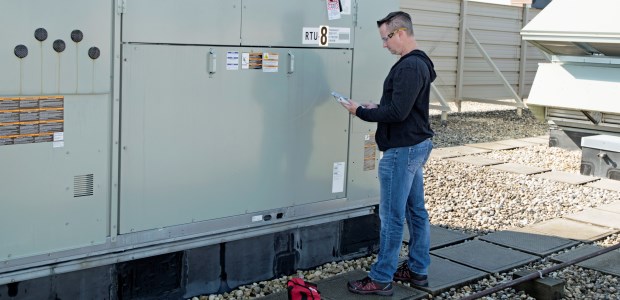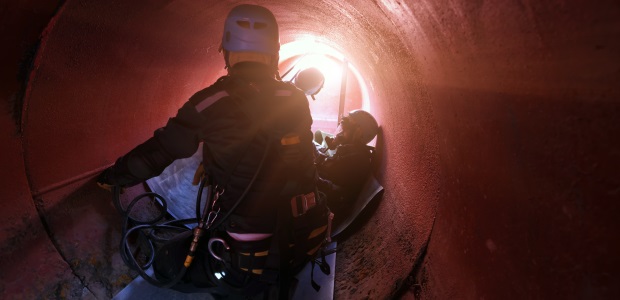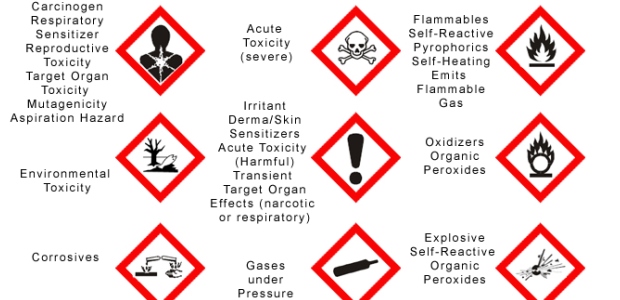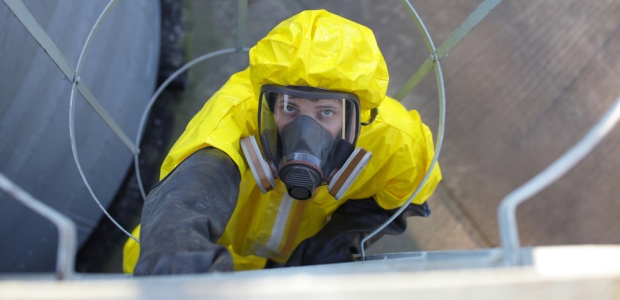
Mindlessness is habitual, automatic, repetitive behavior generally brought on by multi-tasking. It can directly impact an individual's overall wellness, stress level, listening skills, injury risk and safety, and more.

Today's safety professionals have more data at their fingertips than ever before, but simple hand lacerations continue to plague work sites, creating mountains of paperwork and productivity delays.

Utility workers need garments that not only provide protection from arc hazards and foul weather, but also ensure that they can be seen by others, reducing the risk of visibility-related workplace accidents.

Today's welding helmets and PAPR advancements mean that the prospect for worker safety is brighter than ever.

Clear, systemized safety procedures and good practices will keep your patients and employees safe with fewer accidents.

Once a space is designated a permit-required confined space, it engages an extra level of planning and preparation to mitigate the potential hazards.

The confined space standards for both general industry and the construction industry place great emphasis on safety training.

Make sure the methods discussed for detecting the presence or release of chemicals line up with the specific chemicals and hazards you have at your facility.

Respirators, when used correctly, can be an effective layer of protection for many tasks in and around a chemical plant.

You should strive to select the best CPC for worker protection.

Think of your hard hat as a walking billboard promoting your company and its safety principles.

It is important to make sure workers are made aware of any presumed asbestos-containing materials found in buildings if they were built and installed before the 1980s.

Companies should keep in mind that while standards are in place for a reason, exceeding them will always create a safer workplace.

Especially in the summer months, employee comfort is a critical factor as wearer comfort directly impacts a user's want-to-wear experience.

We know how people misuse ladders, so we can add safety features to prevent the accidents from happening—even when they are misused.